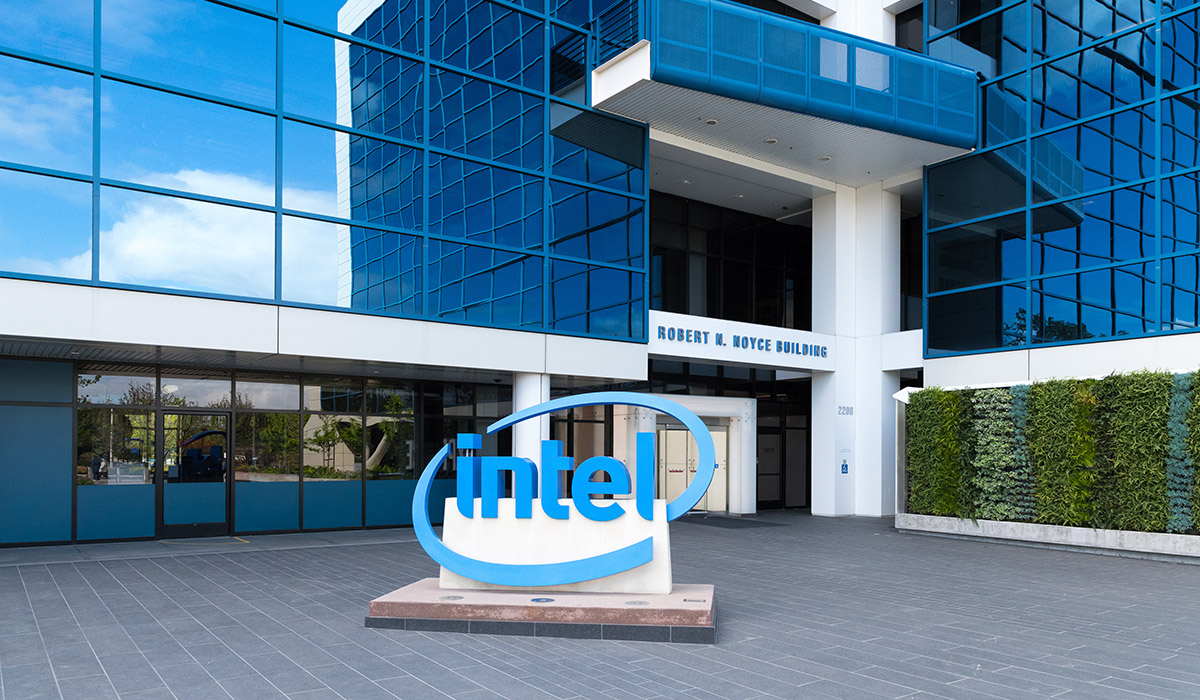May 16, 2024
Intel Partners with 14 Japan’s Domestic Companies to Automate Semiconductor Assembly
 michelmond - stock.adobe.com
michelmond - stock.adobe.com
In the field of semiconductors, the "front-end" technology used for miniaturizing circuits is reaching its physical limits. As a result, the focus of technological competition is now shifting to the back-end process, where multiple semiconductor chips are combined to enhance performance.
The back-end process often involves the manual assembly of various parts and products. Factories are typically concentrated in China and Southeast Asia, where labor is abundant. However, in order to establish hubs in Japan and the US, where labor costs are high, it was determined that technology was needed to automate the production lines.
In addition to OMRON, Yamaha Motor, Resonac Holdings, Shin-Etsu Polymer, a Shin-Etsu Chemical Group company, and others will participate. "Research Association for Semiconductor Back-end Process Automation and Standardization Technology" (SATAS) will be launched. Kunimasa Suzuki, President of Intel Japan Corporation, will assume the role of representative director.
Intel has invited equipment and material manufacturers to collaborate on developing a new product. According to the Ministry of Economy, Trade and Industry, domestic equipment manufacturers hold 30% of the global sales share, while semiconductor materials have a 50% share. Intel aims to collaborate with Japanese equipment and materials manufacturers with robust technological capabilities, and they eagerly anticipate more companies joining this transformative project.
The Japan-US collaboration aims to enable integrated semiconductor production in Japan and the US and reduce the risk of supply chain disruptions.








